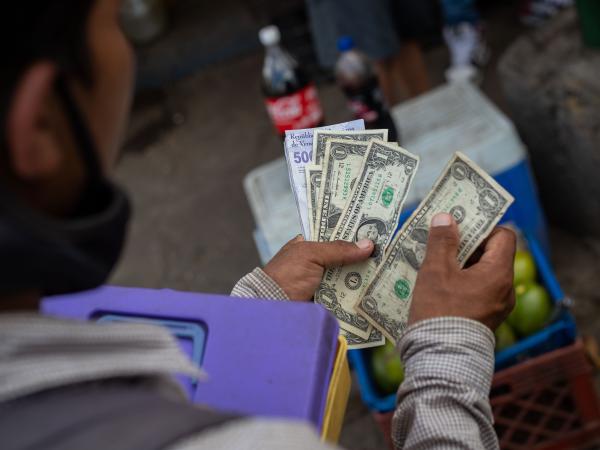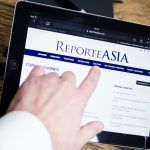On the one hand, Venezuela has been presenting a process of dollarization as a result of the devaluation of the bolivars due to the constant economic crisis in its territory. On the other hand, it faces before a border with Colombia in which the peso dominates, a currency that has lost strength against the dollar.
(Read: What they think in the US of the first Petro-Maduro approaches).
According to Bloomberg Line, the Colombian peso is the second most traded foreign currency in daily border operations, after the dollar. The consulting firm Ecoanalítica specifies these data: the dollarr registers a 45% participation in Venezuela, the bolívar 42% and the Colombian peso 8.5%.
However, in the border state of Táchira, estimates indicate that the Colombian peso has a participation of more than 90% in transactions. In fact, Banco Bicentenario, a Venezuelan financial entity, endorsed the opening of accounts in Colombian pesos in 29 municipalities of that state.
Along with this, the aforementioned media reported that with the arrival of Gustavo Petro to the presidency, dollarization at the border would have been strengthened. Fact that implies a non-existence of the bolivar for daily use. Even the change in local currency is received in pesos under the ccalculation of the rate of the Bank of the Republic of Colombia or exchange houses.
However, the National Government announced the reopening of the border to next September 26. B.Following this decision, Bloomberg Line reported that there are not many expectations about transformations in the exchange rate that is handled in this area.
The inhabitants of the surrounding municipalities, such as San Antonio de Táchira, consider it unlikely that it will decrease. the monetary triad and the smuggling of goods. Even when the reopening implies new rules of commercial exchange, the inhabitants believe that the dynamics will remain the same.
Germán Umaña, Minister of Commerce, Industry and Tourism in Colombia, told Bloomberg that not only day-to-day transactions are made in pesos, also export.
However, Umaña considers that this dollarization in Venezuela would not be a big problem for Colombia if it is handled within the framework of the binational relationship in exchange matters. “But the risk of other types of operations always exists, but it is not necessarily taking place at this time”he clarified.
(Keep reading: Entrepreneurs, waiting for a commercial framework between Venezuela and Colombia).
Bolivars.
EFE
However, experts do consider that dollarization can be a challenge in a scenario where it is preferred to do the transactions in dollars and not in pesos.
“On both routes, many will prefer the dollar over the peso to avoid devaluation issues, among others. They will also depend on the types of products, volumes to be marketed and the confidence generated in the market.Clara Inés Pardo, a professor at the Universidad del Rosario School of Administration, told Bloomberg.
It should be remembered that Colombia and Venezuela, which share a porous border of 2,219 kilometersThey have not had diplomatic relations since they were broken on February 23, 2019 by order of President Maduro, amid an escalation of tensions with his Colombian counterpart at the time, Iván Duque, due to his support for opposition leader Juan Guaidó.
“We believe that the Venezuelan market is a very important market, which it has always been for Colombia, and that it is a complementary market and, consequently, the important thing is that all the conditions be regulated, especially that it be guaranteed that the payments will be makesr”, Julián Domínguez, president of Confecamaras, pointed out to Portafolio.
(See: Commitments of Venezuela as guarantor of peace talks with the ELN).
For his part, the president of Venezuela, Nicolás Maduro, affirmed that with the reopening of the border will generate 2,000 million dollars of commercial exchange in the remainder of the year.
BRIEFCASE











Add Comment